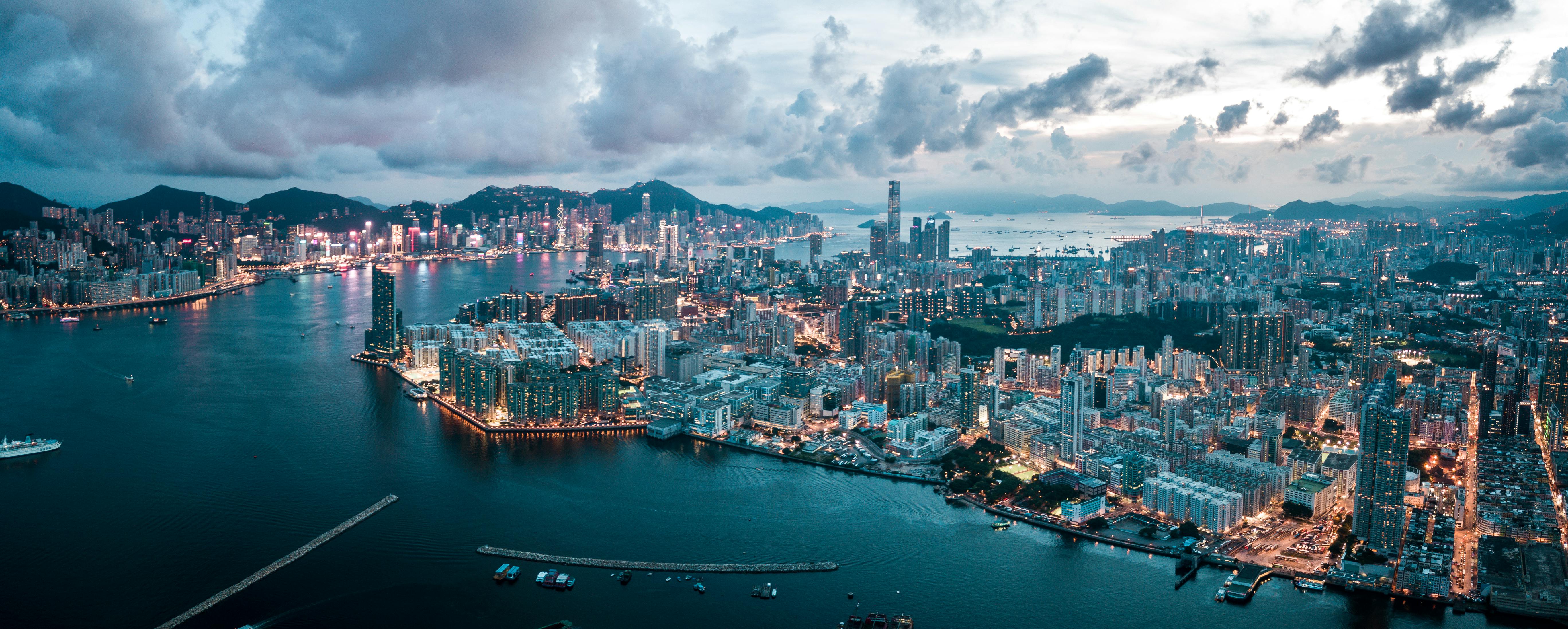Hong Kong Has Reopened to Travelers. What’s It Like Now?
Until recently, Hong Kong’s restrictive anti-COVID measures China would have deterred even the most determined travelers. But now, Hong Kong, where I grew up and where my parents still live, has reopened to the world.
Cruise passengers are returning, and the influx of airline passengers has begun. Hong Kong saw 28 times more traffic in January 2023 than it did the previous January, according to Flight Global. Many travelers chafed under the COVID measures, which some described as “draconian.” Visitors had to test and quarantine, if they were even allowed in.
That began to change early in the year. Restrictions loosened, and in early March, even the mask-wearing mandate has been lifted, although in hospitals and care facilities may ask visitors to mask up. Those who fly in may be screened for fever, but otherwise, “no further restrictions upon arrival.”
The collision of COVID and democracy
COVID was the second issue to hit at a heated time in Hong Kong’s history. A year earlier, the city was beset with pro-democracy protests, ignited by a proposed bill about extradition to China. As many as 2 million marchers took to the streets of this compact city, deterring tourism.
Slap on close to three years of anti-COVID measures, which once included a three-week quarantine for incoming visitors, and it’s not surprising the airport was quiet. On Sept. 26, Hong Kong lifted the mandatory quarantine for visitors, which had been a deterrent.

I have never been a tourist in Hong Kong. It’s my birthplace, the home of my family’s business for three generations and my home through my mid-30s. I had last visited in late 2019, and when I said goodbye to my 82-year old mother and 93-year old father, I said, flippantly, “I’ll be back soon.”
When I finally made it back in late 2022 – and twice within six weeks – I found the city had changed in many ways. The most striking to me was how, after most of my life in this former British colonial outpost, I finally began to see Hong Kong as a Chinese city.
Many of my expatriate friends – British, Europeans, Americans – moved away during COVID, unable to adjust to the restrictive measures here. A city that once felt cosmopolitan and international seemed to have lost some of its luster. But how much?
A return to normalcy?
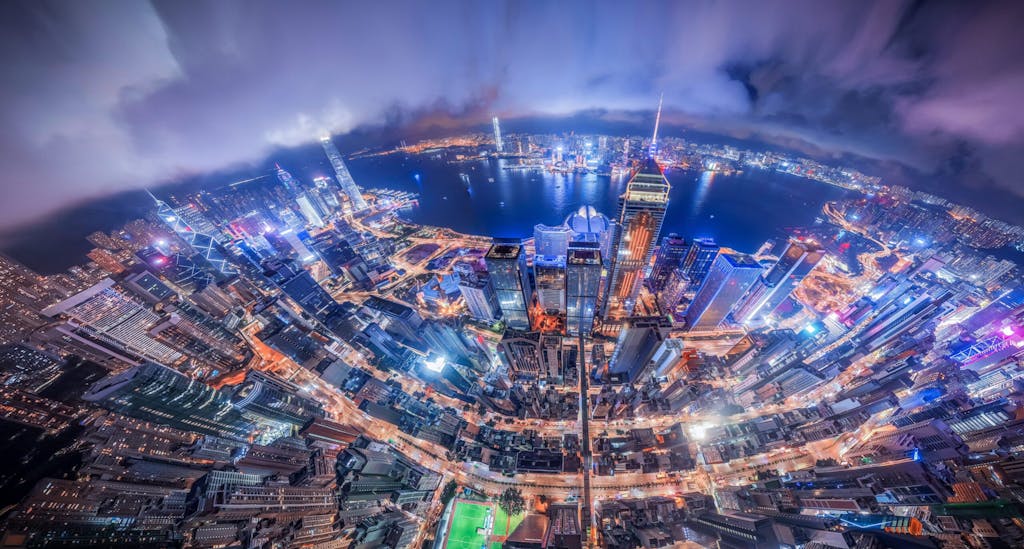
In May 2022, the city began allowing non-Hong Kong residents to touch down again in this vibrant, exciting, multifaceted city, with its beguiling mix of futuristic skyscrapers and fishing villages, neon light shows, gleaming seascape, colonial villas nestled behind Bauhinia trees and market stalls in North Point where you can get a pair of pants altered for about $2.
I have lived in Paris, London, and now, Los Angeles, but Hong Kong has my heart, and I couldn’t wait to go back.
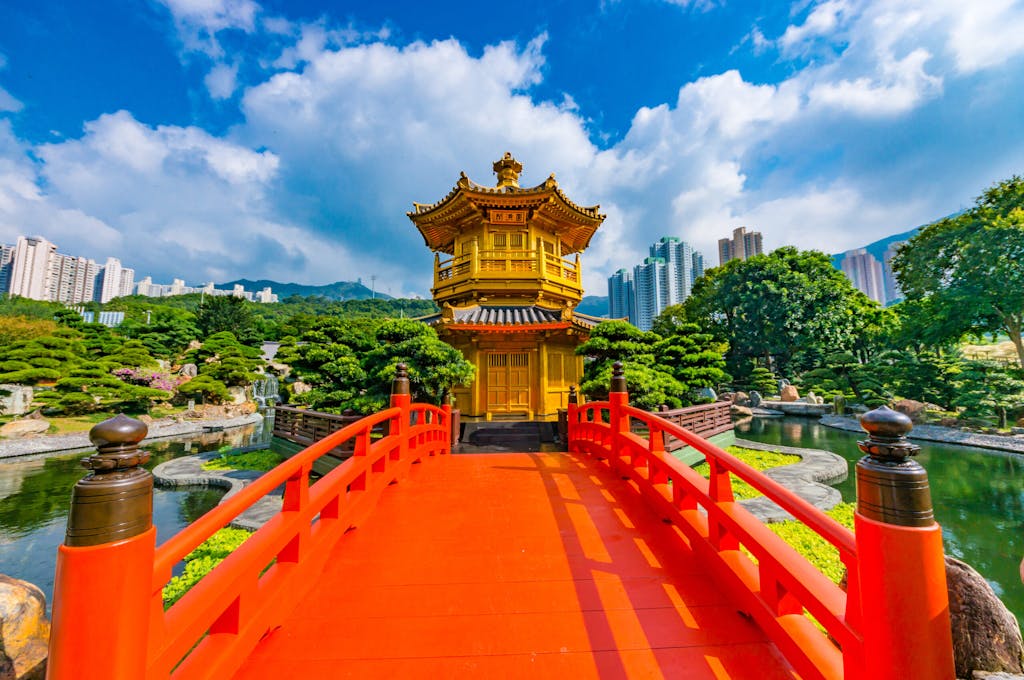
So what’s it like?
Having lived in Hong Kong most of my life, I found myself subconsciously seeking the touchstones that made the city seem familiar again. I wanted Hong Kong to feel the way it always had – bustling, efficient and social.
I could tell that Hong Kong had bounced back because of how busy entertainment venues were and are. The stretch of bars and restaurants in Lan Kwai Fong a short walk past the financial and retail hub that is the Central district, is, on most evenings, filled with revelers sipping wine and beer. On many nights, it’s hard to get a last-minute reservation at such stalwarts of the local dining scene as Arirang (Korean barbecue) and Chili Club (Thai, and with the most flavorful spicy green papaya salad in town).
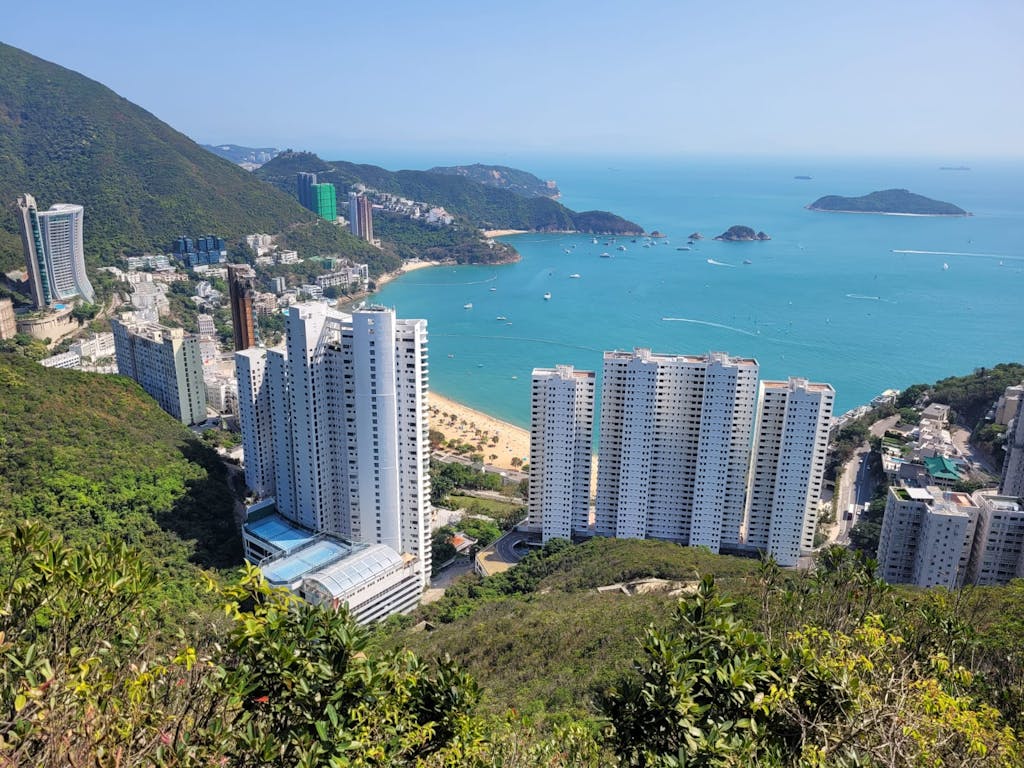
We drove to Repulse Bay, where the sea-facing retail venue The Pulse was filled with fitness aficionados doing a class at Pure South or grabbing an oat milk latte at the Coffee Academics.
More signs of change
August saw the unveiling of the recently revamped Peak Tram. In 1881, it began transporting people from the residential streets of the Mid-Levels up to the Peak, the highest hill in Hong Kong at 1,181 feet above sea level. The views remain as compelling as ever.
The theme parks also have reopened – Hong Kong Disneyland, Ocean Park, Water World – and although tourism continues to rebound, you can find days that are predicted to be less crowded. Check Disneyland crowd predictions to find days when crowds are lighter.
Hong Kong is known for its shopping, from the luxe boutiques of The Landmark to the musty antique stores winding along Cat Street. There are still the rickety stalls in Sham Shui Po, where vendors sell cut-price speakers and fake name-brand sneakers, jade bracelets of dubious quality, and in the tiny alley food stores stuffed with hard-to-find offerings, English Digestive biscuits and Malaysian kumquat jelly.
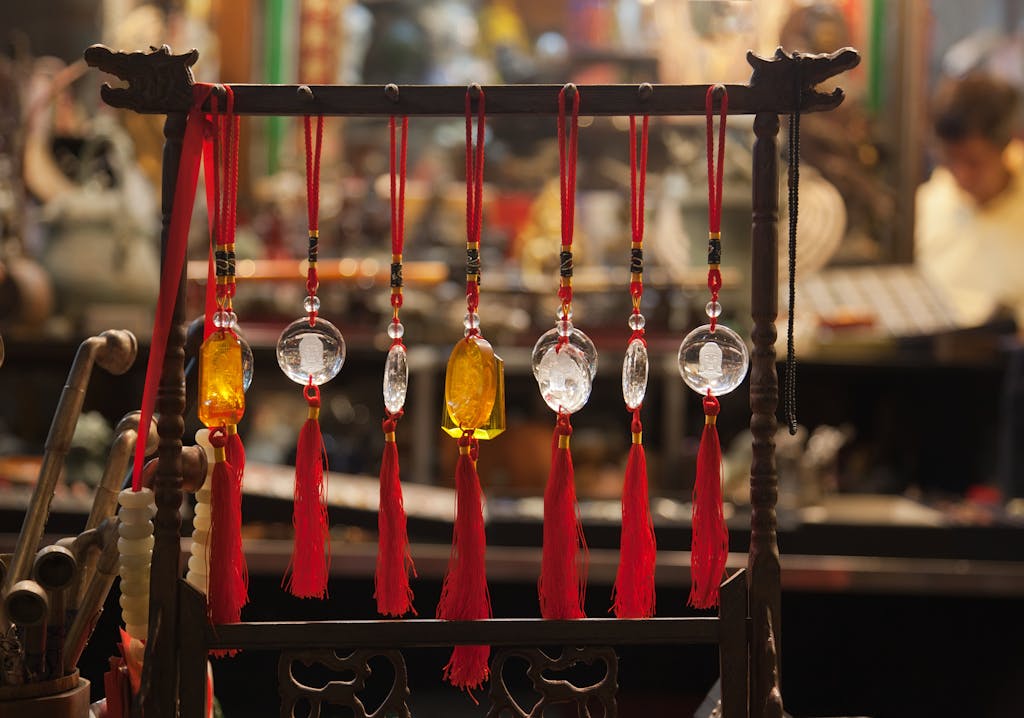
When I returned from my trip, a friend asked whether it was worth visiting Hong Kong.
I thought I could answer only as someone who has long felt privileged to have grown up there, whose sentimental attachment to birthplace outweighs any inconvenience or encroachment on personal freedom. But I could see past that, through the eyes of a newcomer: the views that never fail to startle, the public transportation system that is safe, accessible and cheap, the endless culinary delights, the sophistication, the earthiness, the heritage, the optimism.
And my answer is yes.
